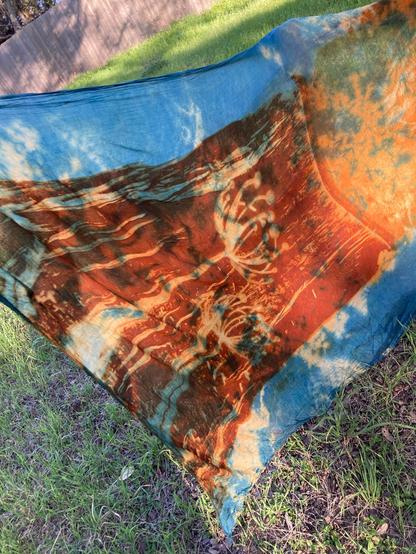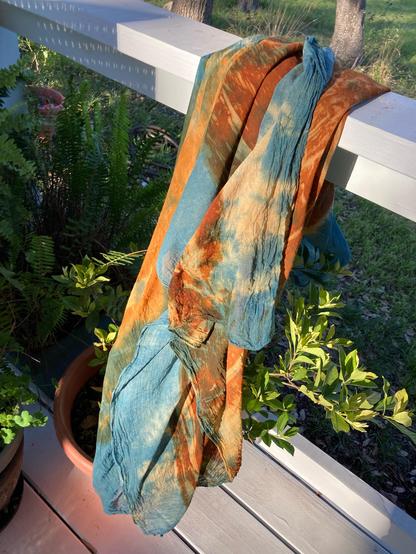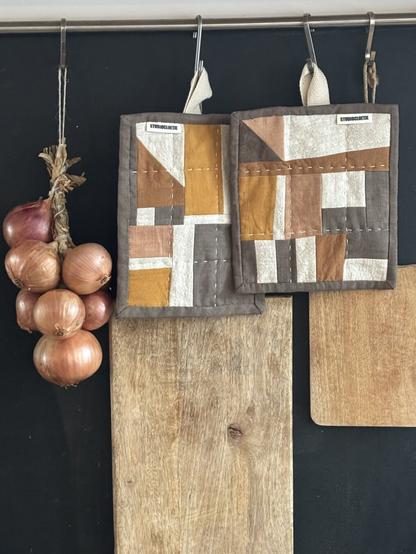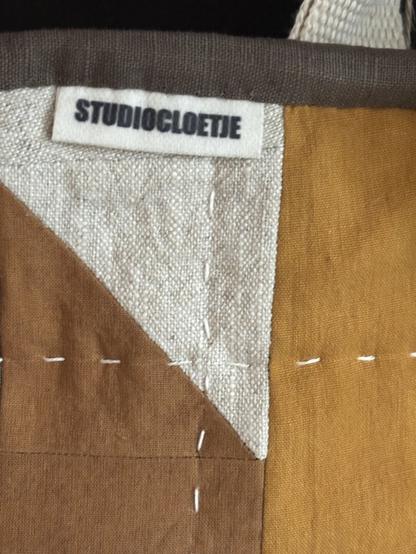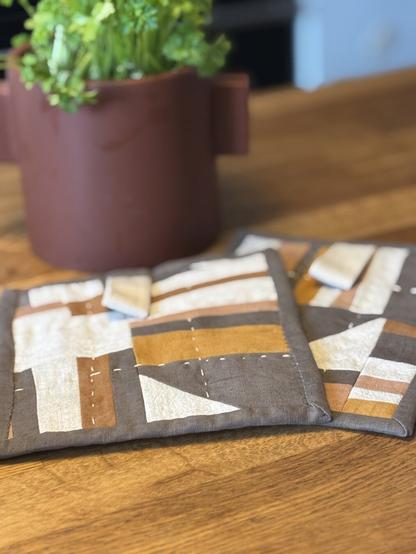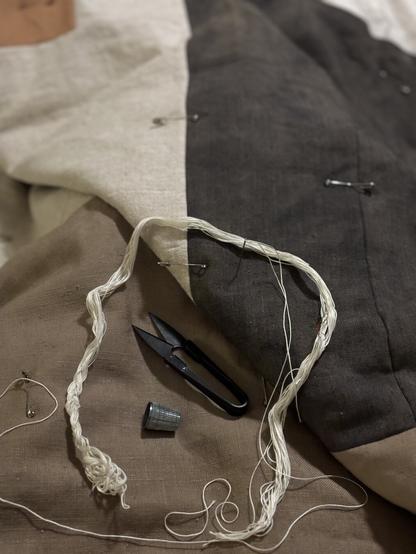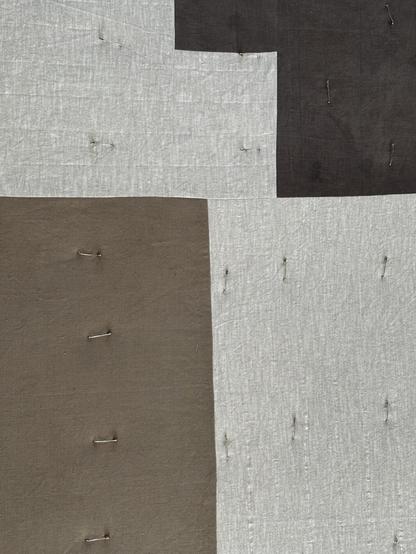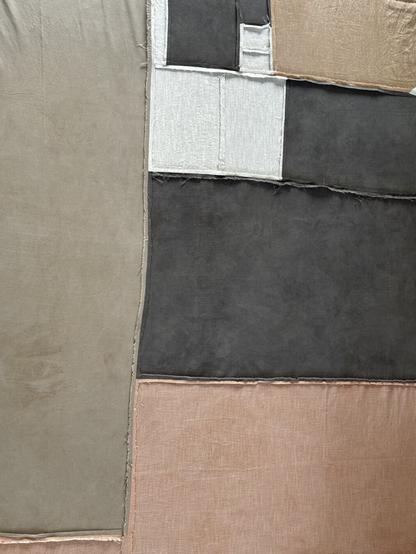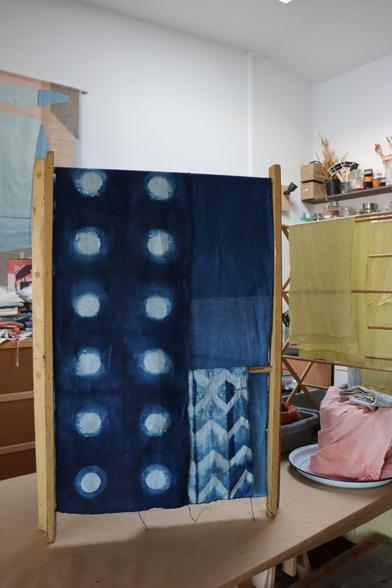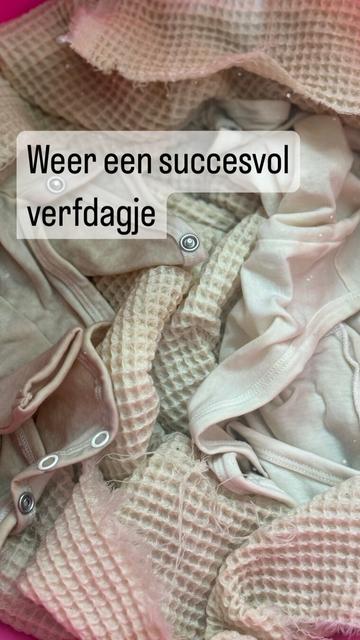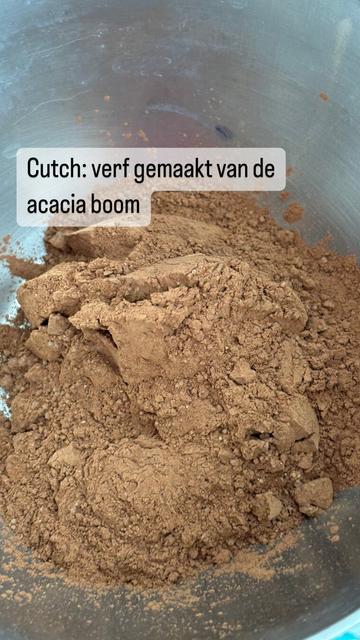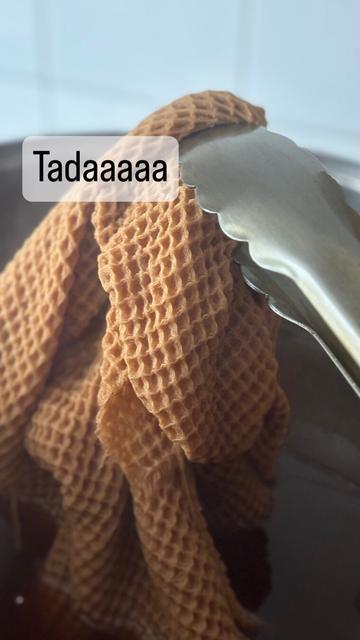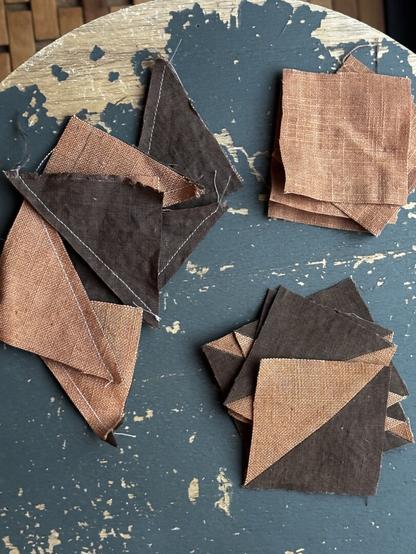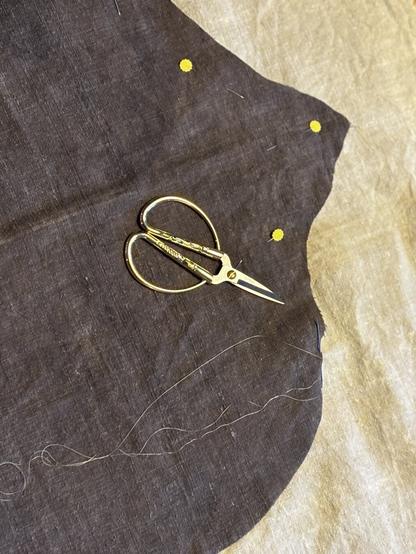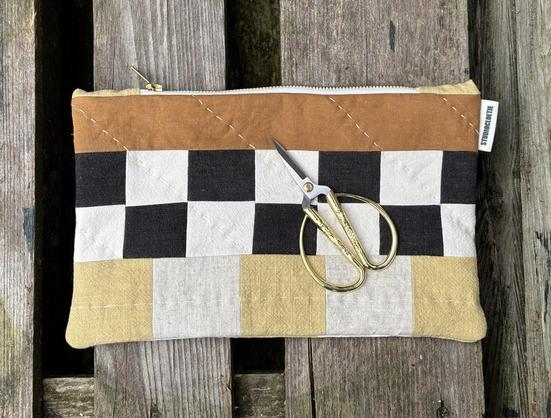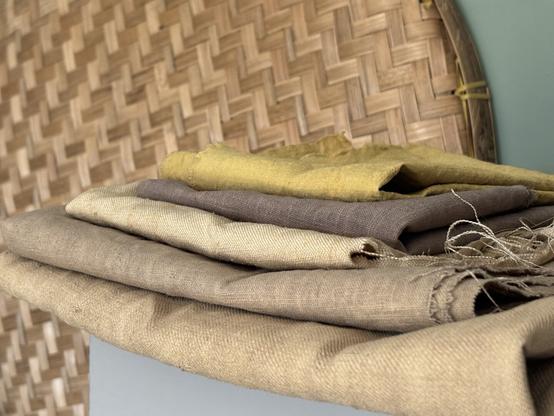#JapaneseKnotweed: an invasive plant's potential for innovation
Classified as an Invasive Alien Species (#IAS), Japanese knotweed is renowned for undermining ecosystems. But some researchers, designers and architects are approaching the tenacious Asian perennial as a resource to create new material solutions for fine crafts, but also for industry. Formes de Luxe shines a light on four makers that are turning this ‘nuisance’ plant into an opportunity.
Christel Trinquier
Published on 01/08/2024
Excerpt: "Inspiring bio-concrete
In the UK, architect Irene Roca Moracia and designer Brigitte Kock (both graduates of Central Saint Martins) have also seized on the potential of invasive knotweed to create what they dub 'bio-concrete'. The material, developed as part of the LVMH Group's Maison/0 program for regenerative luxury, is inspired by the cement made in ancient Rome. Except that in this case, knotweed replaces wood ash and/or volcanic ash. Once incinerated, it is mixed with water and the shells of American signal crayfish - another invasive species in Europe threatening native fauna. The material is then poured into molds to obtain the desired shape.
"No heat treatment is needed as hardening takes place in the open air and no pigments are added either: the final textures and shades depend on factors including the proportions of ingredients in the mix, hardening times and reactions that occur between the water, aggregates (crayfish shells) and the Japanese knotweed binder. With the appearance of raw concrete, marble or natural stone, the duo's hand-shaped bio-concrete tiles come in a range of shades from white to wine-red, with or without inclusions of knotweed root fragments.
"For the moment the material is purely decorative as it cannot integrate structural architectural elements but is suited to store interiors, window displays or even in caps and ornamental pieces for packaging."
Read more:
https://www.formesdeluxe.com/article/japanese-knotweed-what-material-solutions.64278
#SolarPunkSunday #Cosmetics #SustainableFurniture #Bioconcrete #NaturalDyes #Paper #Fiber #BambooSubstitute #Cellulose #FallopiaJaponica

